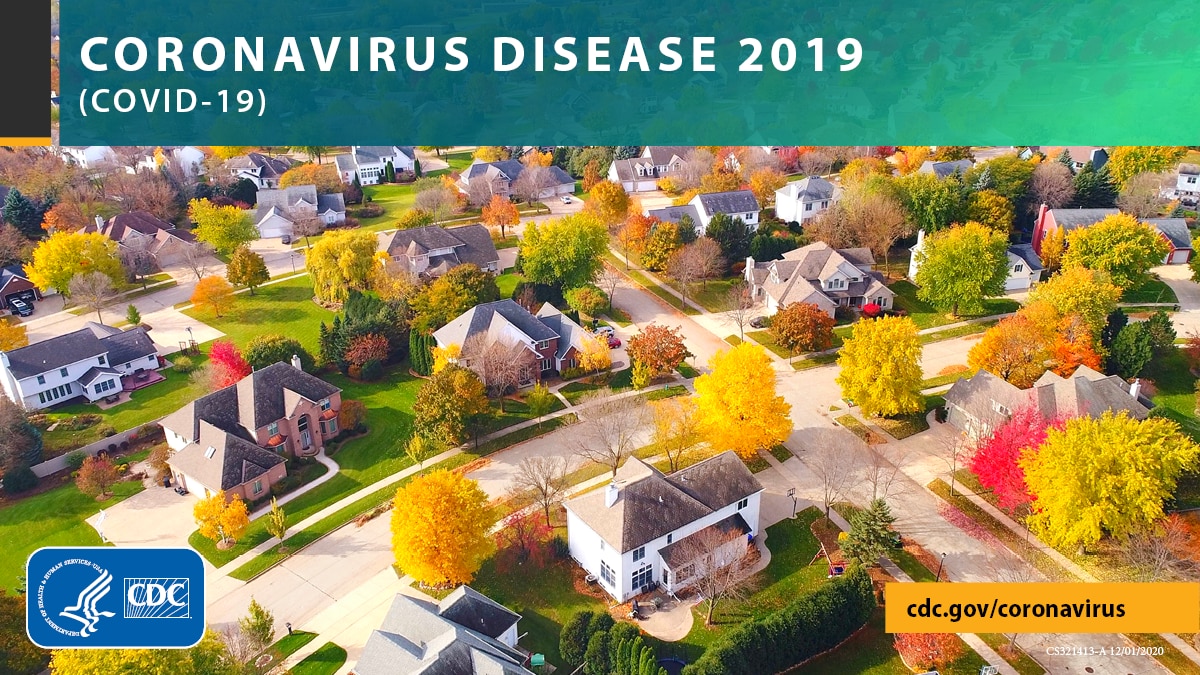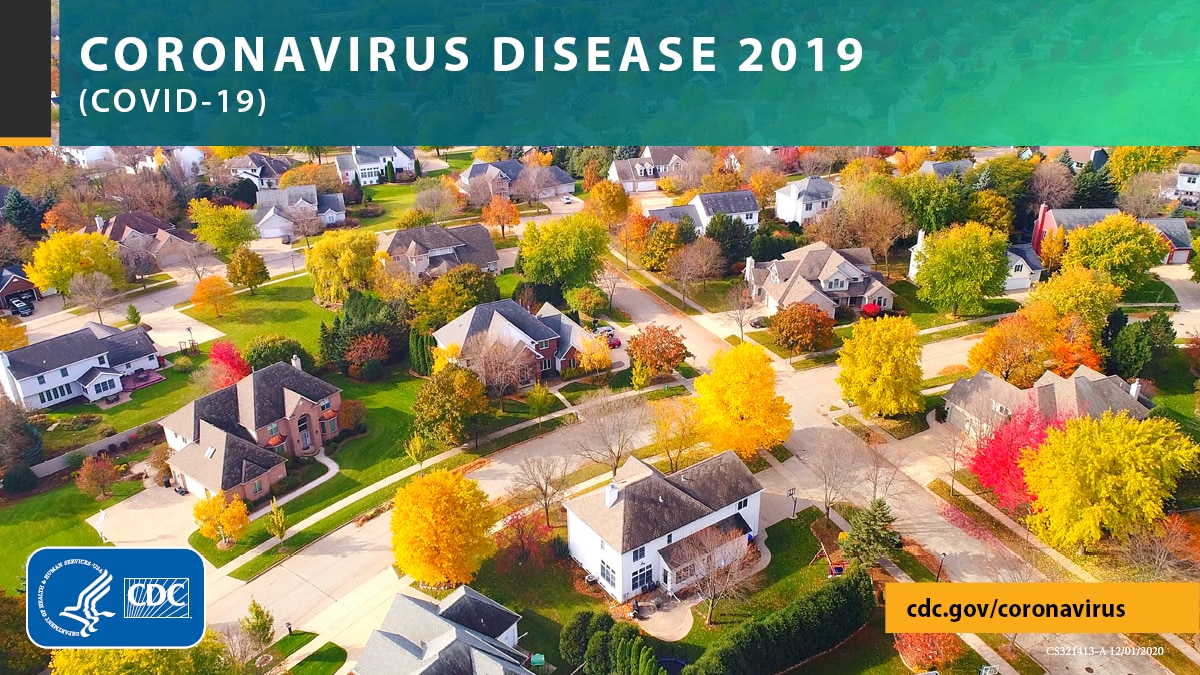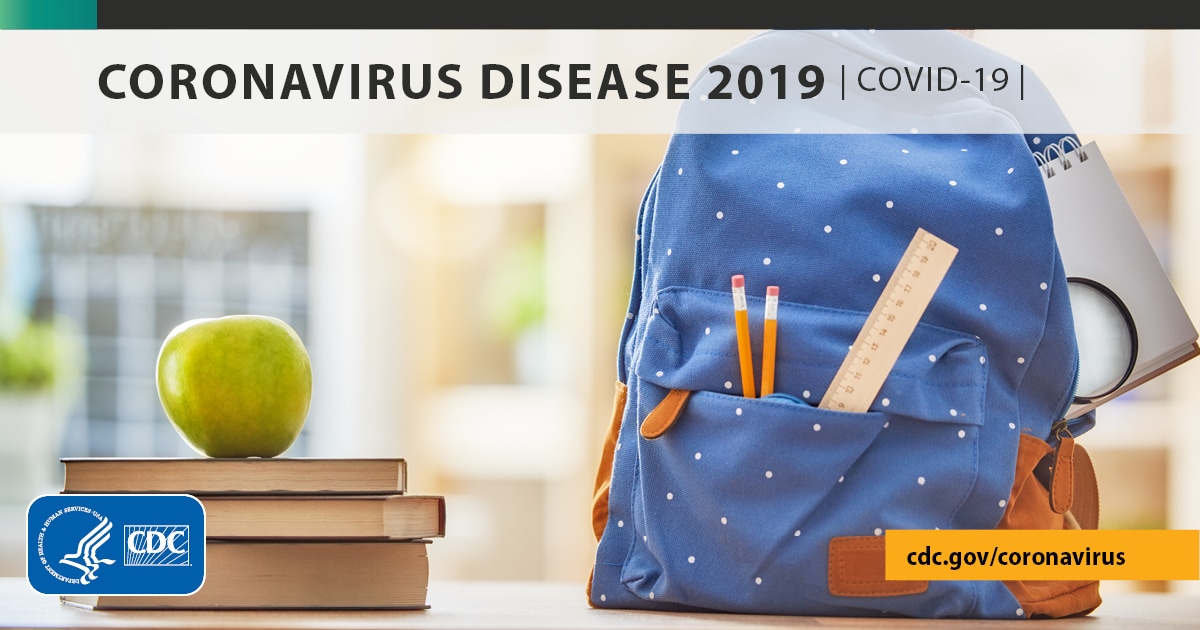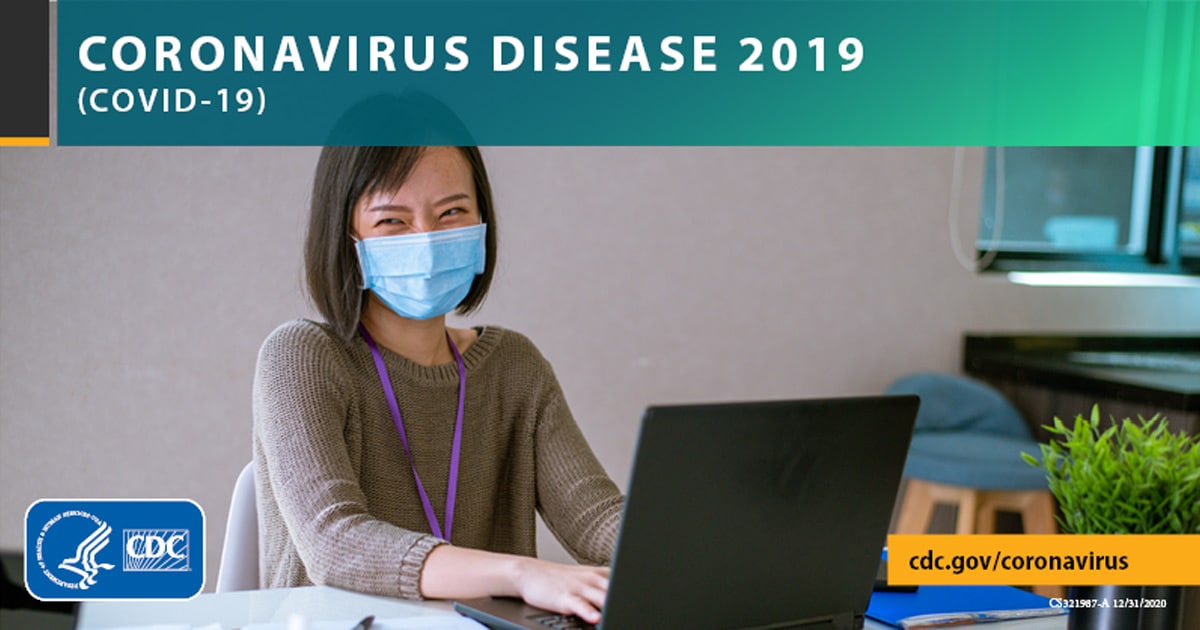Coronavirus Disease 2019 (COVID-19)
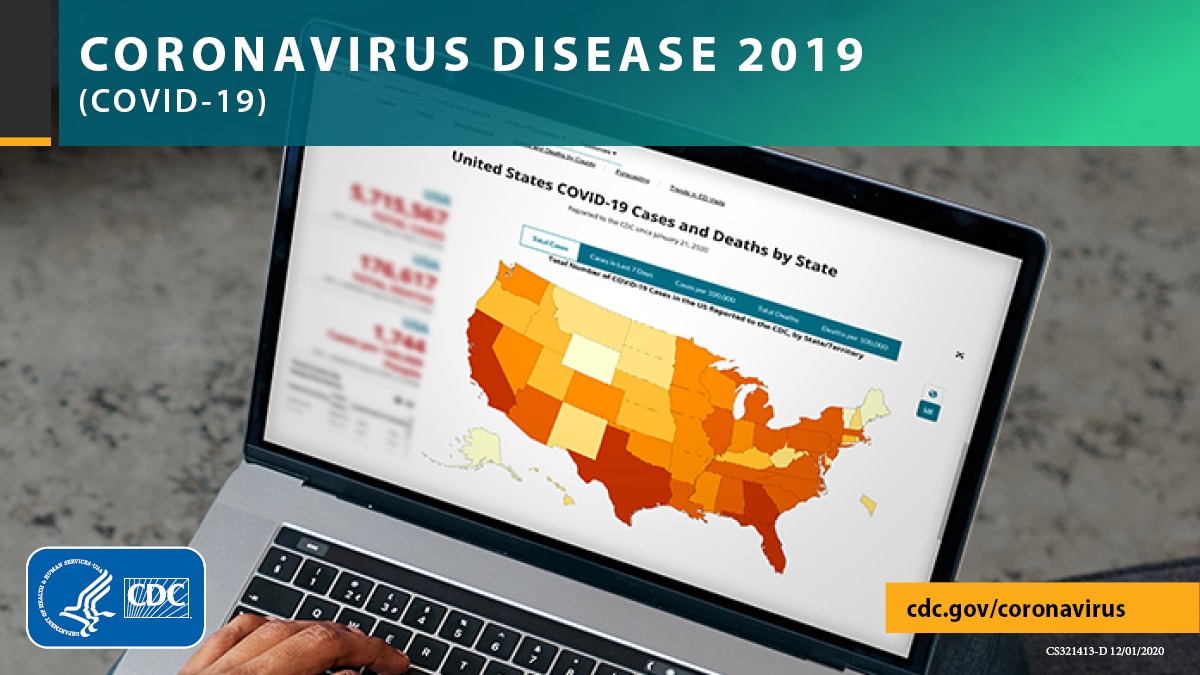
CDC pathologist Joy Gary views damaged tissue at a multi-headed microscope in a small room. Before the COVID-19 pandemic, the room was often filled Joy’s colleagues.
What’s easy to confuse with mind reading and allows people to see tissue damage from a distance? Telepathology.
That’s when pathologists—scientists who analyze disease damage and causes of death—share images electronically and discuss virtually about what they see. It has enabled Joy Gary, a CDC pathologist, and her colleagues to collaborate without spending time together in a small room where they can’t stay six feet apart.
The room they usually worked in has a big microscope that several people can use at once, with a different eye piece for each person.
“Before COVID-19 and telework every day, we would sit in the room with all of the pathologists to look at our specimens,” Joy says. “With three people in the room, we could still socially distance, but on a normal day, we had five to six pathologists plus epidemiologists. Sometimes fellows or staff wanted to see what we were doing, and we’d all cram into that room.”
Telepathology can be as simple as emailing a photo and talking about it over the phone, and pathologists can do it from home.
“We’ve got a slide scanner that makes a digital image of a glass microscope slide. You can zoom in and out of the image on your computer, and you can share it,” says Joy, who leads e-pathology at CDC’s Infectious Disease Pathology Branch (IDPB).
IDPB has used telepathology before, especially when working with overseas partners. That included a collaboration to studyexternal icon causes of death in young children in areas where child mortality is high.
But when COVID-19 struck and Joy and her colleagues started teleworking, telepathology at CDC got a big push. A camera embedded in that big microscope expanded its possibilities.
“We had been talking for years about how we wanted to use that camera more,” Joy says. “There were things we found cumbersome about it, but in the pandemic, we worked them out.”
“Now, when we’re collaborating with another group here at CDC, we just show them what we have under the microscope through the internet. It has also made our communication here and with partners a lot faster,” Joy says.
Telepathology not only decreases exposure to COVID-19, but also to motion sickness. Looking in person through the big microscope’s eye pieces while someone else moves the slide around under the optic makes some people seasick, while looking at images on a screen probably won’t.
When Joy and her colleagues became part of CDC’s response to the COVID-19 pandemic, they had a head start thanks to other CDC researchers’ previous experience with Severe acute respiratory syndrome (SARS). The lung damage done by both diseases is similar, and methods those scientists developed to view SARS tissue damage work for COVID-19, too.
On slides of autopsied lung tissue, you see damaged tissue and other tissue that’s healing. With the help of colored tagging molecules, you also see virus chunks called antigens. In addition, viral tests identify genetic material, or RNA, from the virus that causes COVID-19.
Over time, Joy and her colleagues established visible patterns, especially in lung tissue damage and inflammation in the trachea, that helped them recognize COVID-19 as the cause of death. CDC pathologists could also clearly see the link between underlying health conditions like diabetes, obesity, or heart disease and deaths from COVID-19.
But the disease has thrown pathologists many curves.
“Overall, this is a strange virus. It doesn’t follow a lot of the patterns that we would expect,” Joy says. “There are cases where we say that this doesn’t look like COVID-19, then the RNA test comes back positive, and it surprises us.”
The RNA tests check for the presence of genetic material of the virus.
Pathologists are also still trying to understand if or how the virus affects tissue other than lung tissue, like that in the heart, by searching for clues of the virus’ presence in these places. Some damage might also come not directly from the virus but from immune reactions or from blood clots the virus causes elsewhere in the body.
For example, “Multi-inflammatory syndrome in children (MIS-C) is associated with COVID-19, but we do not yet know what causes MIS-C—the virus itself, immune reactions, or both,” Joy says.
MIS-C is a rare but serious complication associated with COVID-19 in children where different body parts can become inflamed.
Joy’s home office is less cramped than the microscope room, but it can get a little full. She shares it with her husband who can get into loud conference calls a few feet away for his job.
Occasionally, their small children join them, and during telepathology meetings, the children sometimes wander onto her video calls.
“My daughter always wants me to stop working and play with her,” Joy says. “My son likes to point at the screen and say, ‘Who dat? Who dat?’ He wants to meet everybody on the calls.”

